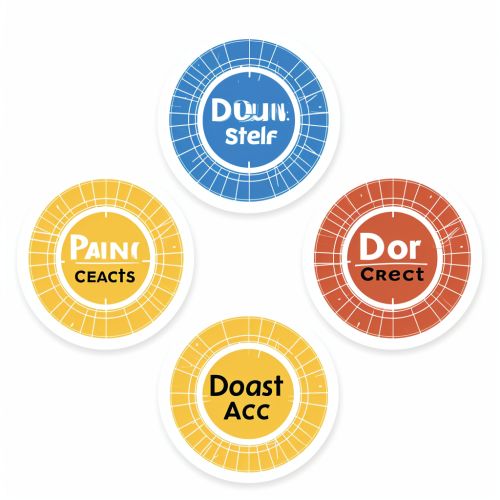Demings PDCA Cycle
Introduction
The Deming's Plan-Do-Check-Act (PDCA) Cycle, also known as the Shewhart Cycle, is a systematic series of steps for continuous improvement of processes and products. Named after Dr. W. Edwards Deming, the PDCA Cycle is a fundamental component of quality management and problem-solving methodologies.


History
The PDCA Cycle was originally developed by Dr. Walter A. Shewhart, a physicist, engineer, and statistician. However, it was Deming, a student and colleague of Shewhart, who popularized the concept and applied it to business management practices.
The PDCA Cycle
The PDCA Cycle consists of four stages: Plan, Do, Check, and Act. Each stage is a necessary step in the process of continuous improvement.
Plan
The first stage, Plan, involves identifying a goal or purpose, formulating a theory, defining success metrics and putting a plan into action. This stage involves understanding the current process and clearly identifying the problem or improvement area.
Do
The Do stage involves implementing the plan, executing the process, making the product or delivering the service. It may also involve collecting data for later analysis.
Check
The Check stage involves reviewing the outcomes, analyzing the results, comparing them against the expected results and checking for deviations. This stage is where the process is evaluated to see if it made the expected improvements.
Act
The final stage, Act, is where the results of the project are documented, relevant changes are made, and the improved process is implemented. If the results are not as expected, the team can return to the Plan stage and start the cycle again.
Application of the PDCA Cycle
The PDCA Cycle can be applied to any process or product that needs improvement. It is widely used in business management, manufacturing, healthcare, and education. It is a fundamental tool in the Lean and Six Sigma methodologies.
Benefits of the PDCA Cycle
The PDCA Cycle provides a simple and effective approach for solving problems and managing change. It encourages a culture of continuous improvement and helps organizations to quickly adapt to changes. The PDCA Cycle also promotes teamwork and collaboration, as it involves all relevant stakeholders in the improvement process.
Criticisms and Limitations of the PDCA Cycle
While the PDCA Cycle is widely recognized as a valuable tool for continuous improvement, it is not without its criticisms and limitations. Some critics argue that the PDCA Cycle is too simplistic for complex problems and that it does not adequately address the need for a systemic approach to problem-solving.
